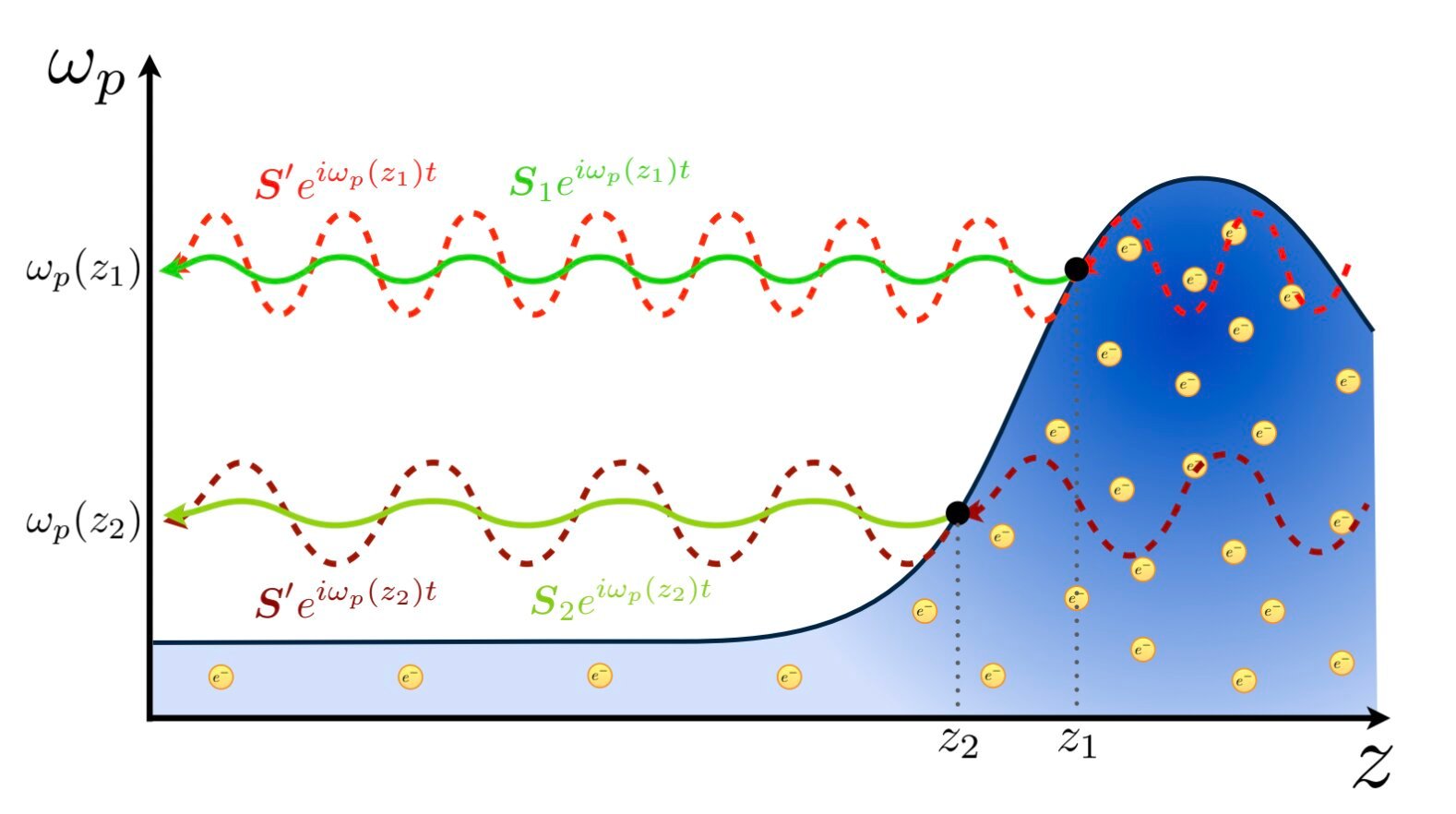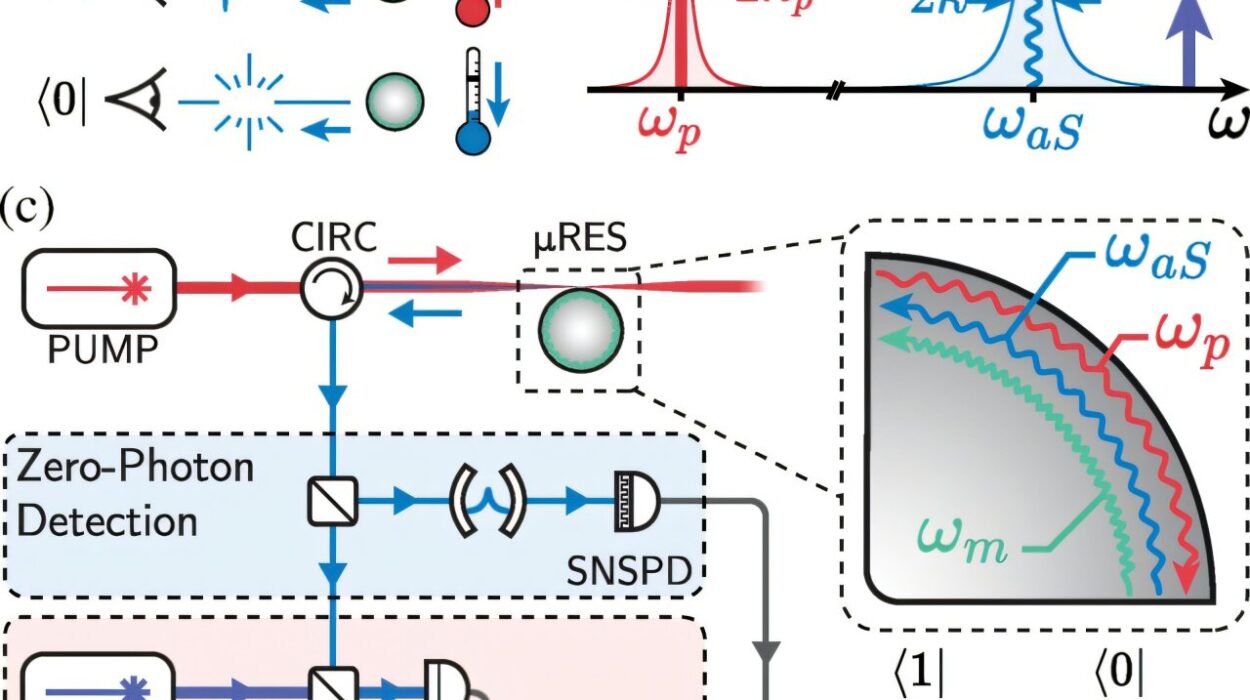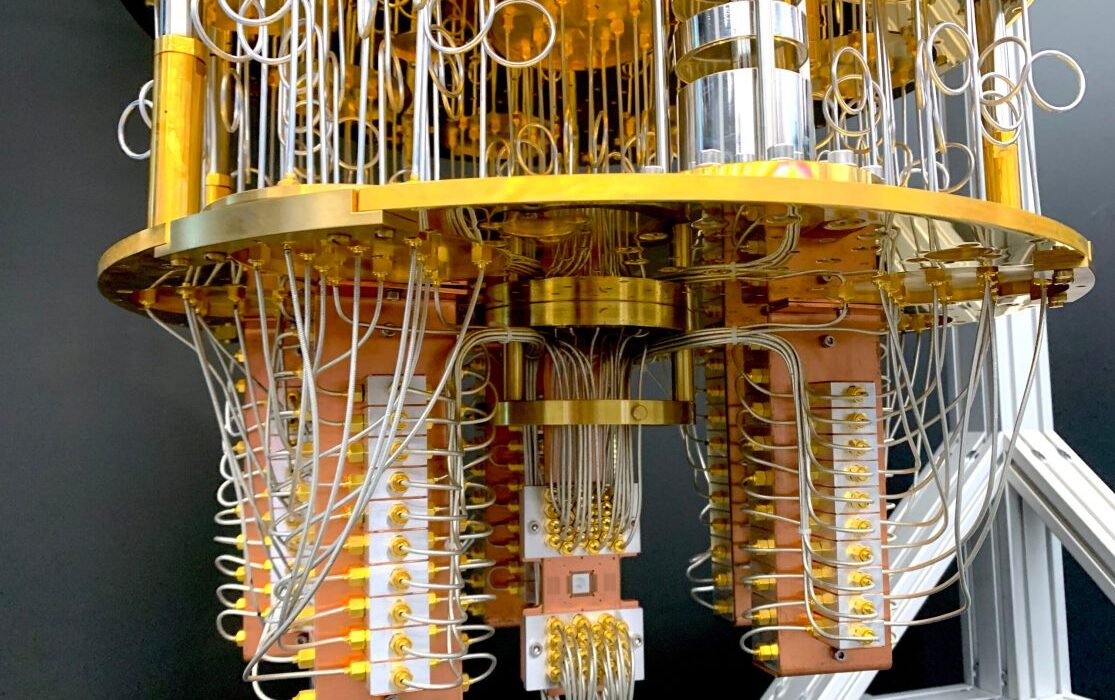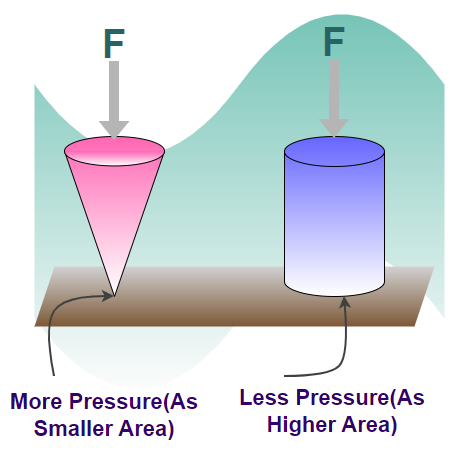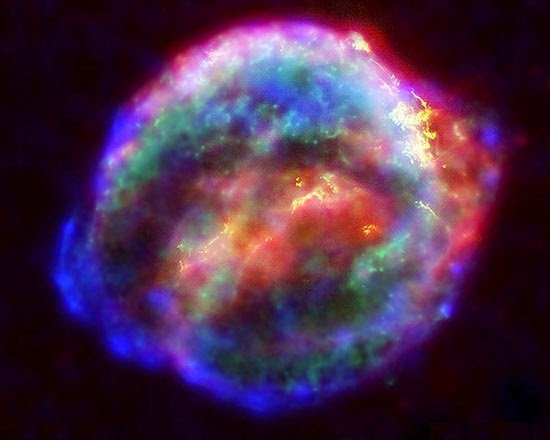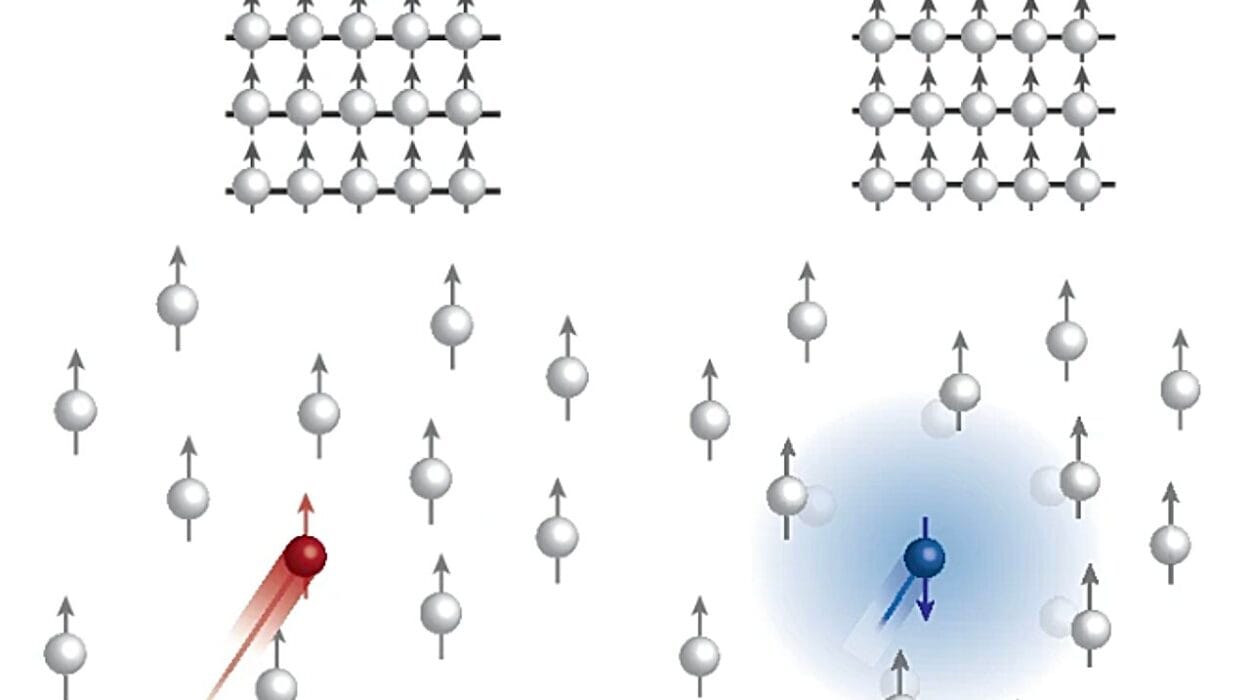Dark matter, an unseen substance that makes up the majority of the universe’s mass, remains one of the most intriguing mysteries in modern physics. For decades, scientists have sought to understand the nature of dark matter, searching for particles and phenomena that could explain its elusive presence. One of the prominent theories suggests that dark matter could be composed of particles such as axions or dark photons, and scientists have developed innovative methods to detect their signature interactions.
Despite numerous experimental efforts, dark matter has so far remained undetected directly, yet evidence of its presence is supported by indirect observations. Physicists are continuously investigating potential candidates and ways to uncover the presence of these particles. One recent exploration focuses on a potentially groundbreaking method to detect dark matter—via low-frequency radio waves in Earth’s ionosphere, an idea proposed by researchers from the University of Geneva, CERN, and Sapienza University of Rome.
A study published in Physical Review Letters introduced a novel approach that could potentially open up new possibilities for dark matter detection. The team proposed that certain dark matter particles, particularly axions and dark photons, could resonate within the ionosphere, converting into detectable signals that could be measured with relatively low-cost equipment. This research, which explores a previously unexplored parameter space in the search for dark matter, has the potential to revolutionize the way scientists hunt for these elusive particles.
For decades, theoretical physicists have examined various ways that ultralight dark matter (ULDM) particles, such as axions or dark photons, could interact with known matter. Many of these theories have investigated environments such as neutron stars, the solar corona, and other planets in our solar system—especially Jupiter—as potential hosts for the conversion of dark matter into detectable photons. However, as Carl Beadle, the lead author of the paper, explains, the research team proposed a more accessible and practical solution: looking at Earth’s ionosphere.
The ionosphere, a region of Earth’s atmosphere that begins at approximately 30 miles above the surface and extends upwards, is a highly dynamic plasma environment. It is composed of charged particles, primarily free electrons, that respond to electromagnetic interactions in ways that can be understood and measured with great precision. The ionosphere is routinely monitored in various fields, from telecommunications to space weather forecasting, making it a well-characterized and relatively stable location to search for dark matter signals. Beadle and his colleagues considered the possibility that interactions between dark matter particles and the plasma could potentially lead to the conversion of these particles into radio frequency signals, which could then be detected using simple antennae on Earth.
The basic idea behind the researchers’ approach hinges on a physical phenomenon known as resonant conversion. In a plasma environment like the ionosphere, particles can convert into photons when their mass resonates with the plasma frequency—an inherent characteristic that measures the oscillation rate of free electrons within the plasma. As Beadle explains, the plasma frequency can vary with altitude, meaning that if the mass of the dark matter particles falls within the range where it matches the plasma’s frequency at a given height, it would trigger a resonance that could result in the production of detectable photons.
Theoretical models predicting axions and dark photons as candidates for dark matter suggest that they could interact with electromagnetic fields in such a way as to convert into standard model photons in specific environments. These conversion events could produce signals in the form of low-frequency radio waves, with the strength of the signal depending on factors such as the mass of the dark matter particle and the characteristics of the local plasma. The research team proposed that this interaction could occur naturally in the ionosphere’s plasma, where both axions or dark photons and plasma particles exist in sufficient quantities.
To assess the viability of this theory, Beadle and his colleagues developed calculations to estimate the expected conversion rates for dark matter particles in the ionosphere. They took into account variables such as the temperature and density of the plasma, along with the possible interaction strength of the axions and dark photons. Furthermore, they calculated the level of “noise”—unrelated signals in the form of regular radio waves—that might interfere with potential dark matter signals. The researchers concluded that despite various sources of interference, there is a plausible chance that these low-frequency radio waves, produced by dark matter particles, could be detected using commercially available equipment, such as small dipole antennas.
This discovery holds enormous potential for expanding the range of methods used in the search for dark matter. Unlike other astrophysical searches, which rely on highly sophisticated telescopes or particle detectors often situated at great distances or under extreme conditions, this new method could be much more cost-effective and feasible. The team believes that the ionosphere presents a stable, well-understood environment, allowing researchers to experiment without as much uncertainty as they might encounter in other methods based on less predictable settings, such as distant astrophysical bodies.
Additionally, the relatively low cost of the proposed experiment represents a significant advantage. Compared to large-scale and resource-intensive experiments such as those conducted at particle accelerators like the Large Hadron Collider (LHC) or space-based observatories, using antennas to detect signals from the ionosphere would be significantly less expensive. This could allow multiple experimental teams to probe a wide parameter space, testing different mass ranges and properties for axions, dark photons, and other dark matter candidates. Beadle stressed that with relatively small and affordable setups, researchers could open up many avenues for future investigations of dark matter’s properties.
To further substantiate their hypothesis, Beadle and his team reached out to experimental physicists who work on similar topics, particularly those involved in radio frequency astronomy. These researchers already gather and analyze extensive data from Earth’s ionosphere, some of which might be used to search for the dark matter signal. Beadle and his colleagues are hopeful that collaborating with other experimental groups will allow for early-stage data analysis, giving further confirmation to their findings.
Though the possibility of detecting dark matter signals from the ionosphere may seem novel, it is not an isolated approach. Beadle noted that dark matter conversion into photons has been explored in numerous other contexts, such as neutron stars, where high-energy environments may increase the likelihood of detecting interactions. However, the ionosphere offers a significantly different setting—one that is inherently closer, more stable, and well-understood—making it an exciting prospect for future experiments.
Furthermore, the proposed method holds promise for expanding our understanding of ultralight dark matter particles, which have become increasingly popular in theoretical physics. These particles, which are lighter than many of the traditionally proposed candidates for dark matter, present unique challenges in detection. The ionosphere offers a unique testing ground where various ultra-light dark matter theories could be examined together, allowing physicists to push forward in identifying the properties of these elusive particles.
As the researchers look forward to testing their predictions in the coming years, they are currently working to refine their calculations and to collaborate with experimental teams to make the search for dark matter a reality. They have already begun to examine existing ionospheric data for signals that may fit the patterns predicted by their research, thus initiating a new and exciting phase in the exploration of dark matter.
Reference: Carl Beadle et al, Resonant Conversion of Wave Dark Matter in the Ionosphere, Physical Review Letters (2024). DOI: 10.1103/PhysRevLett.133.251001.
